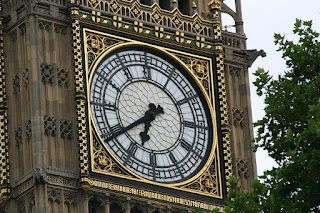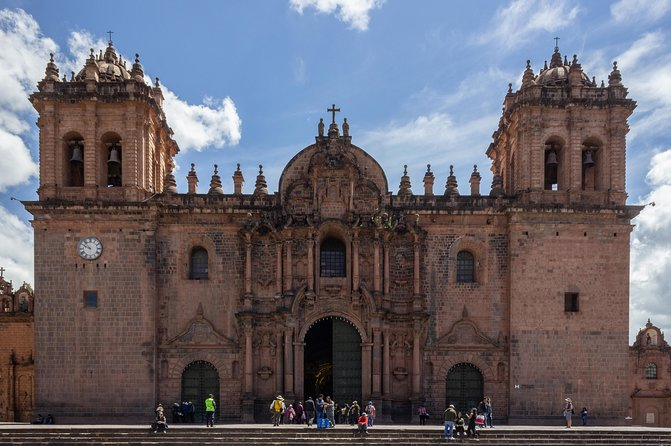Language

Spanish is the main language of Peru, along with Quechua and Aymara. The local people you meet will most likely speak very little English. Before your trip it’s a good idea to learn some Spanish phrases and carry a travel-size dictionary. Raising your voice while repeating your question to a Spanish speaking person won’t help the situation. Patience, hand gestures, and writing down the names of places can usually do the trick and most people are happy to try to help you out.






